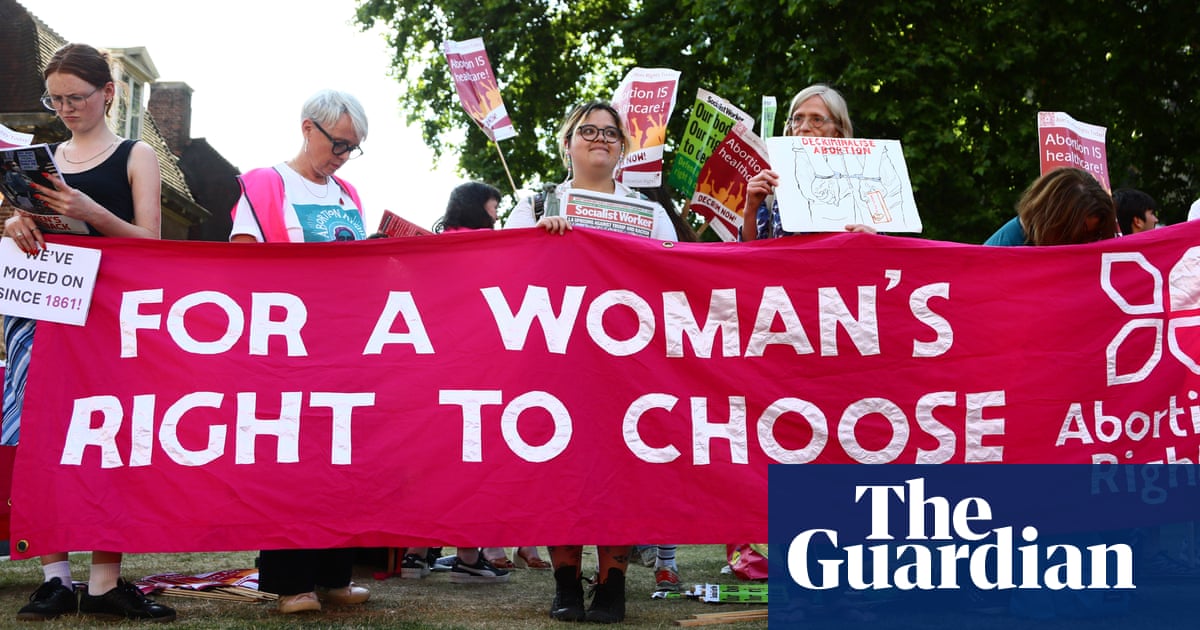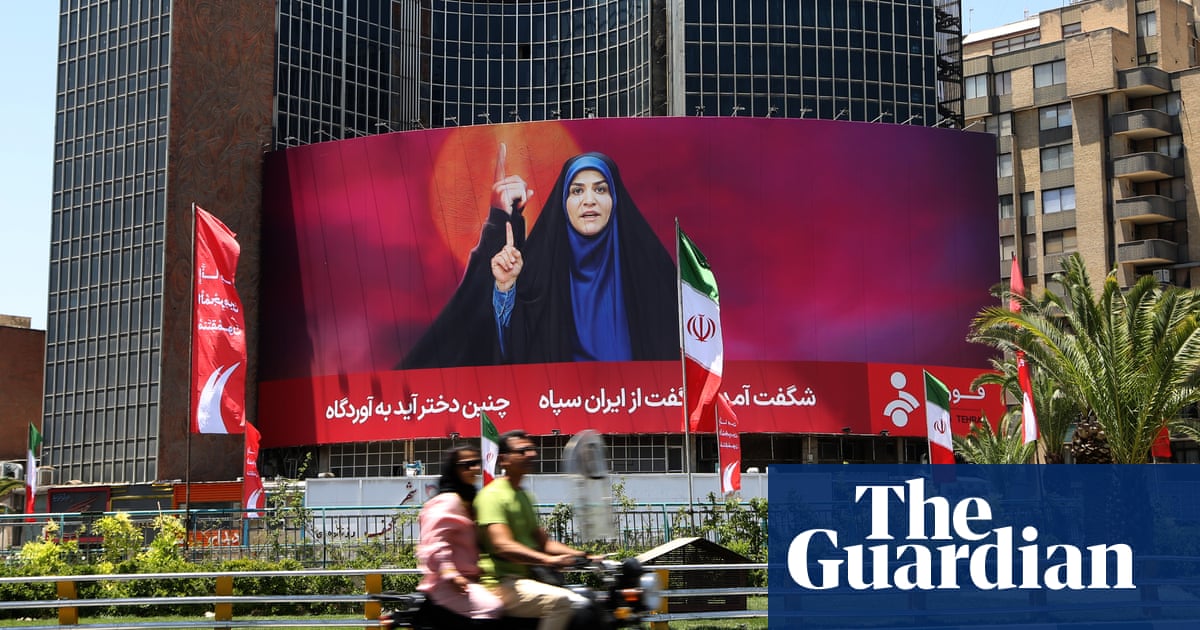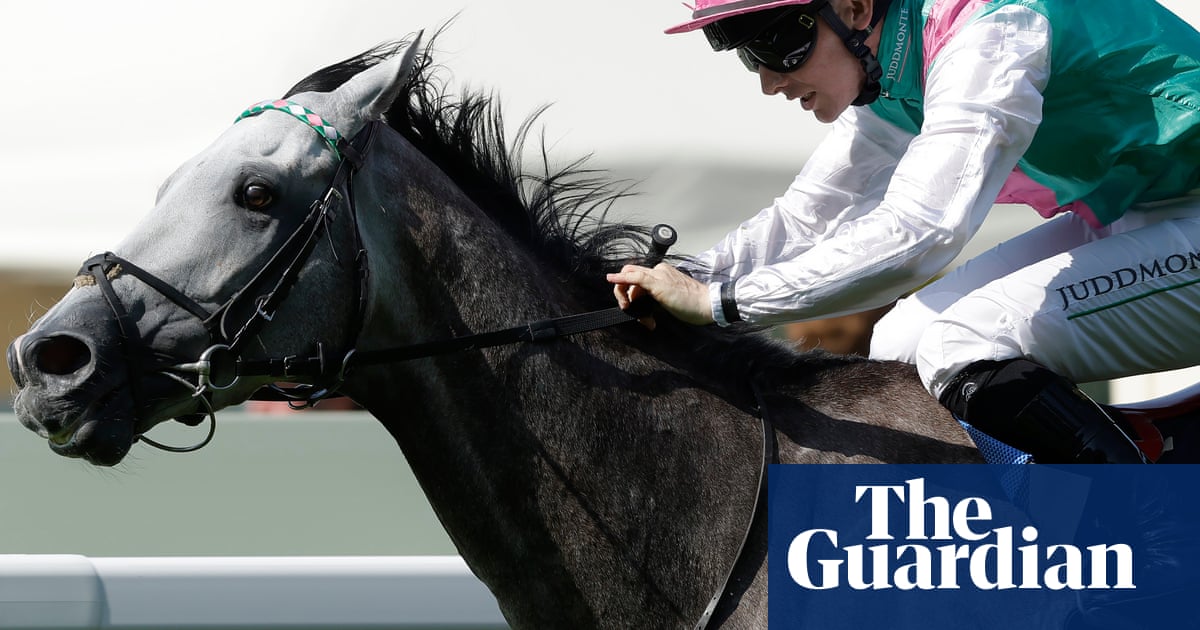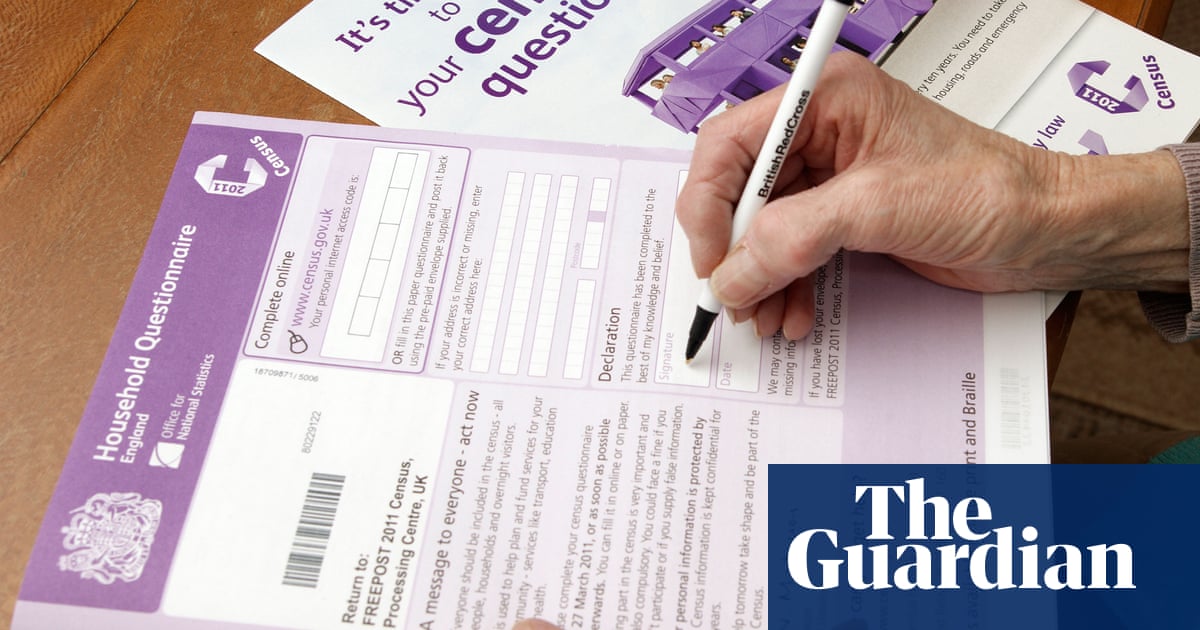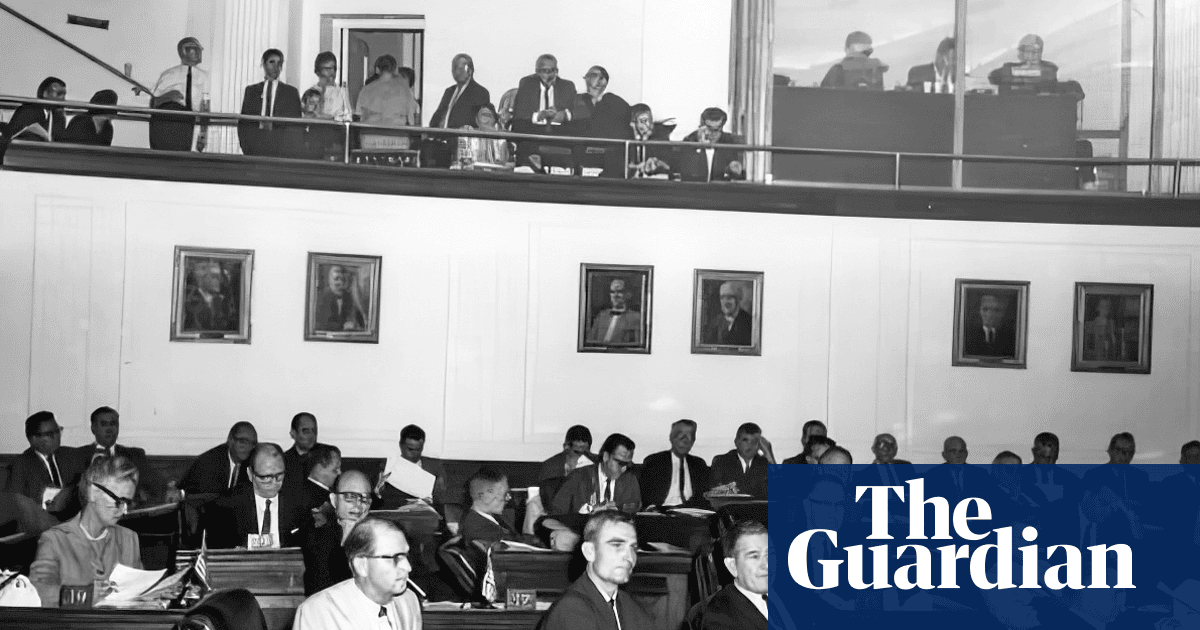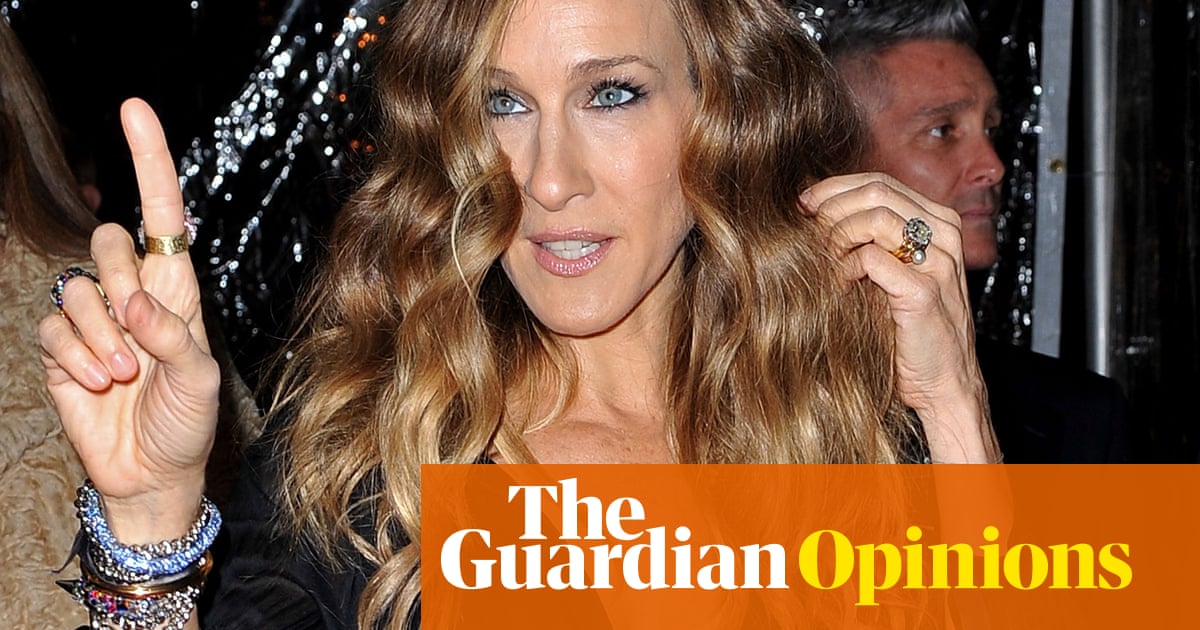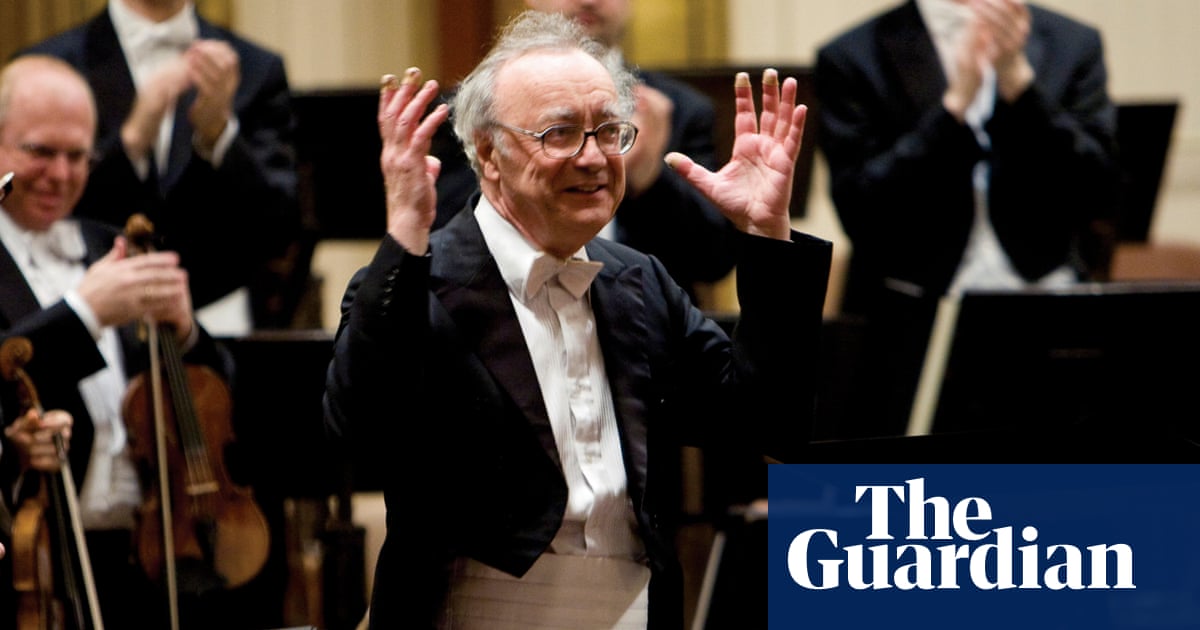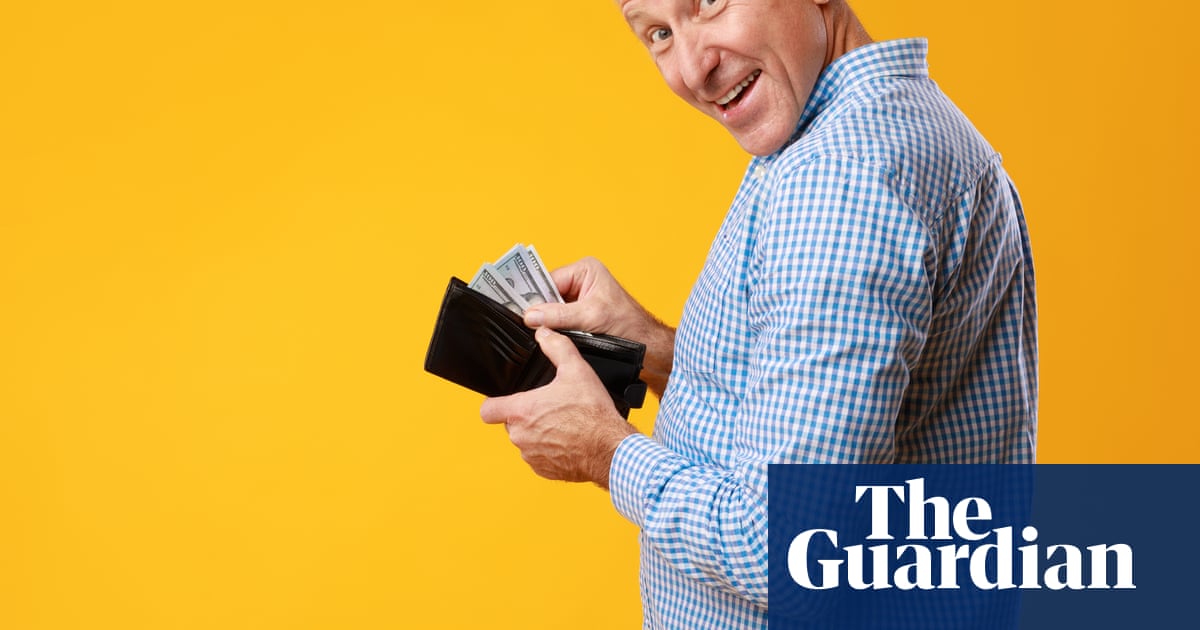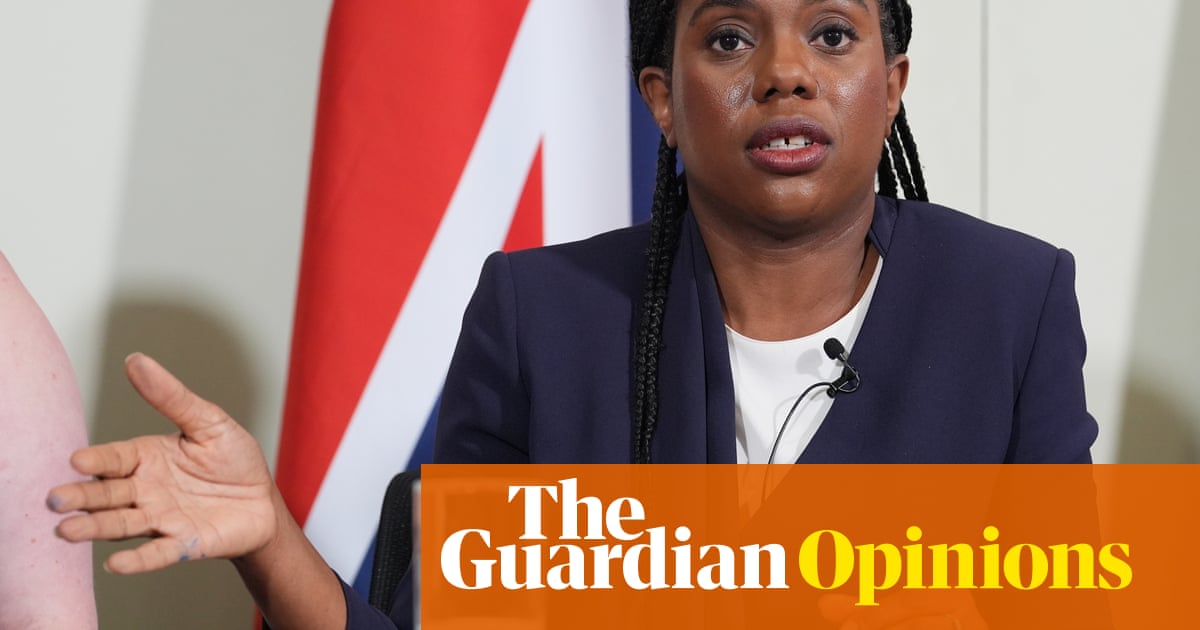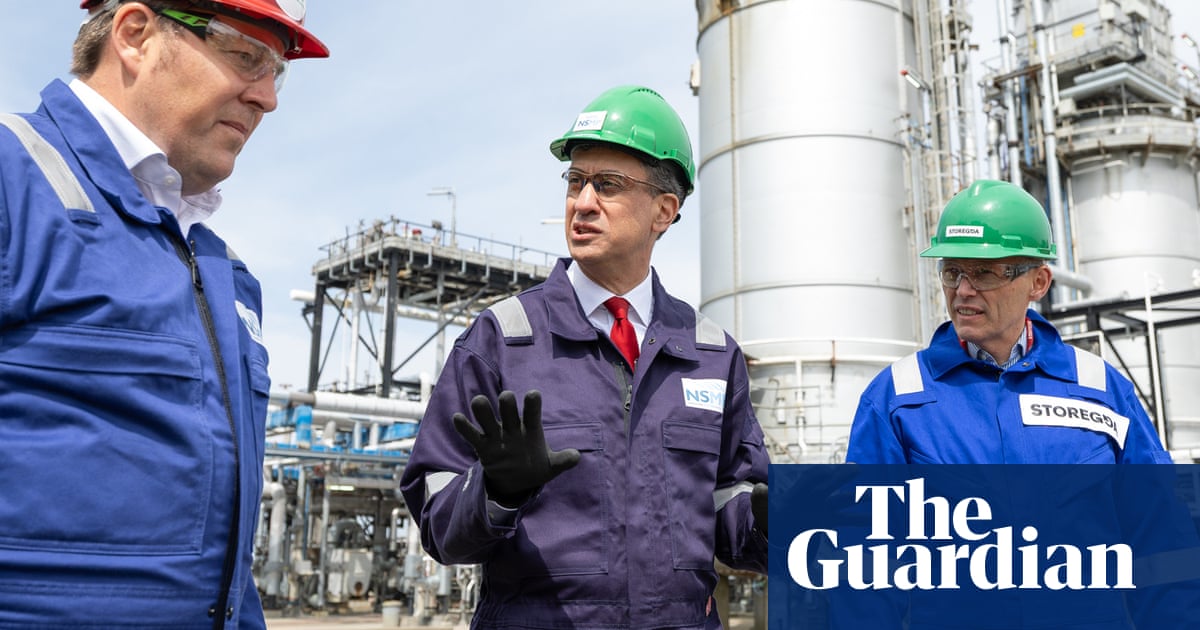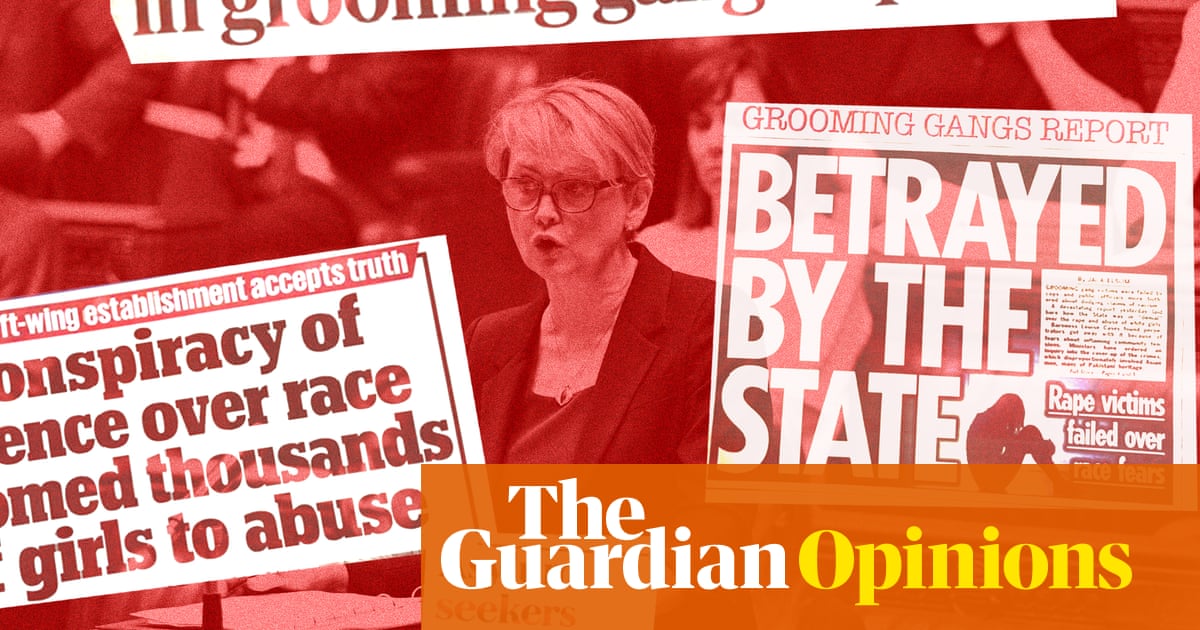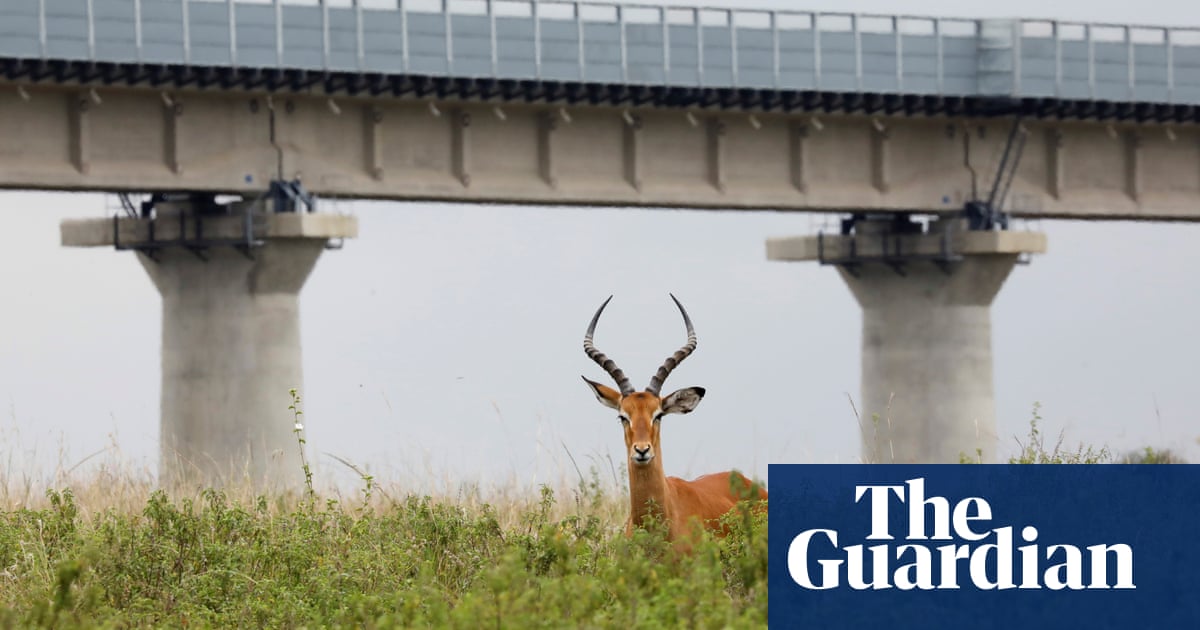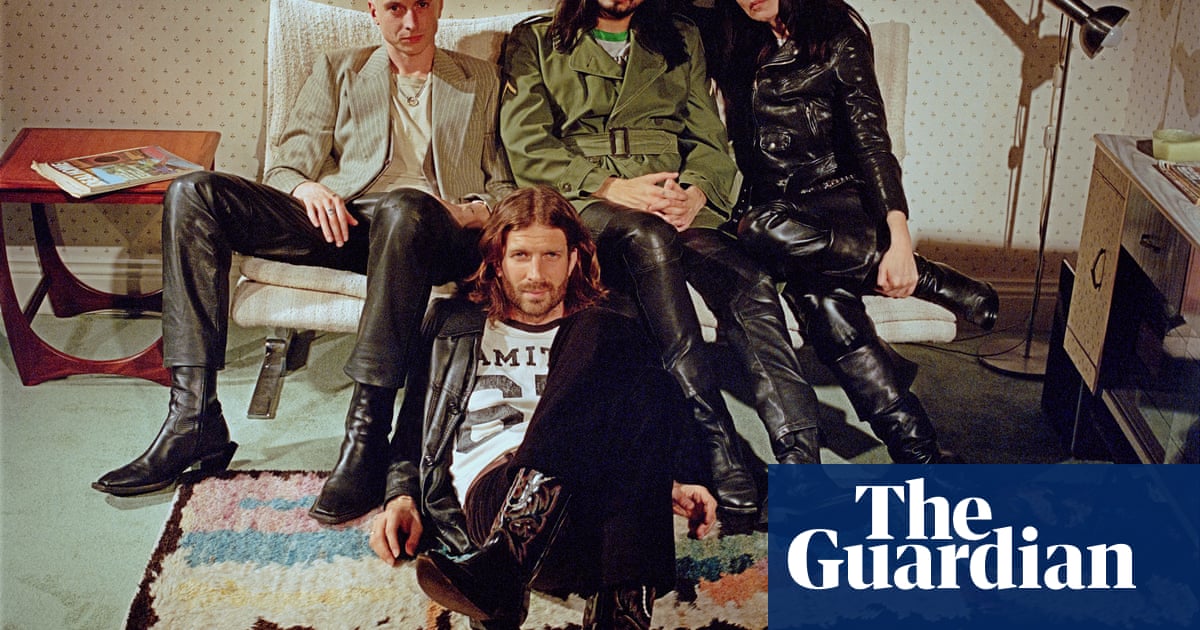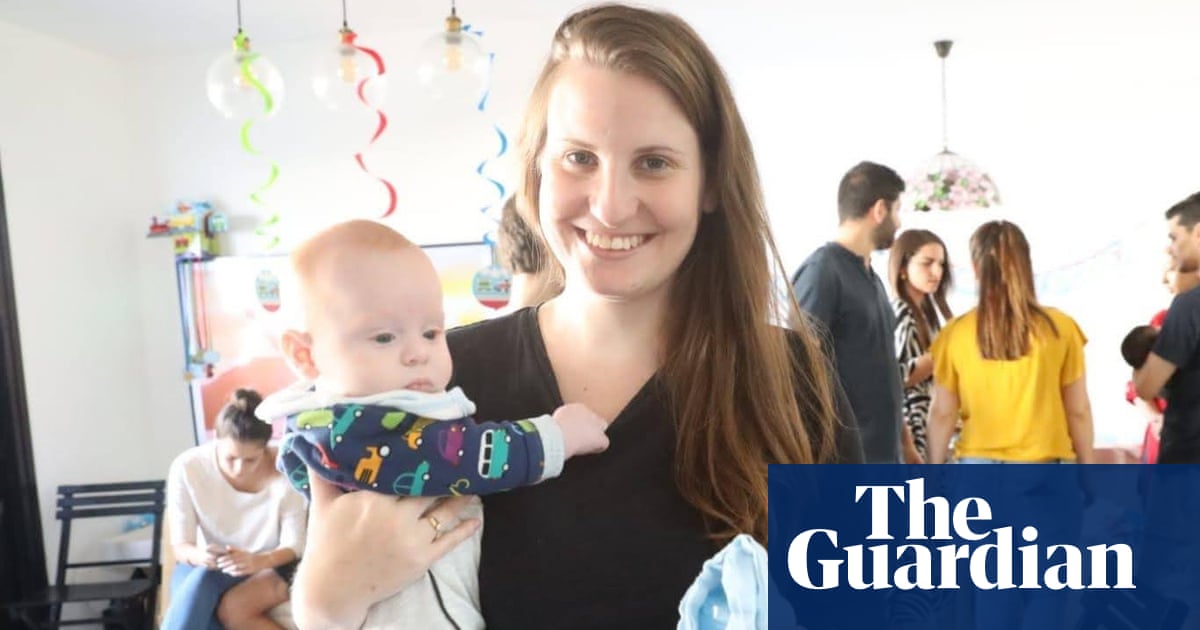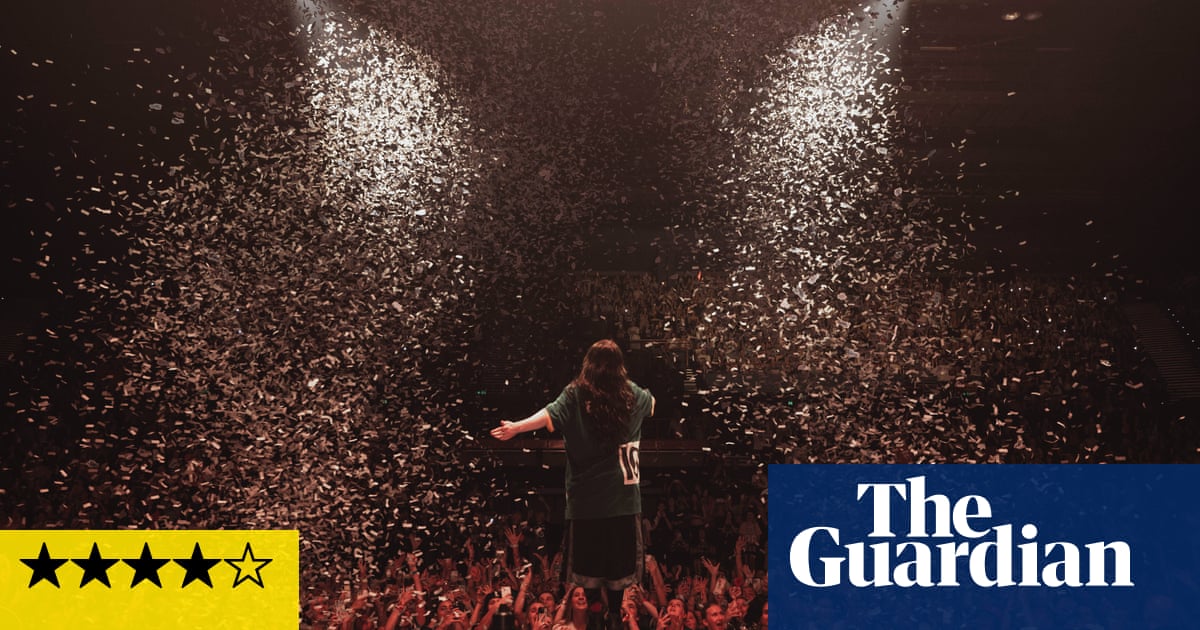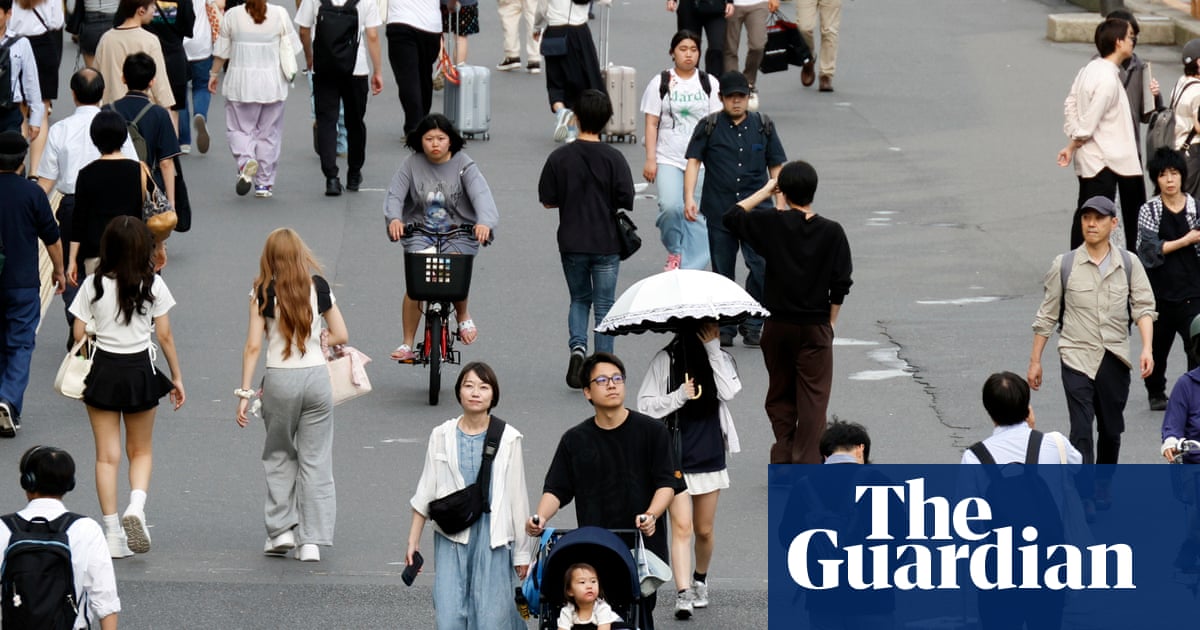More than 18 million Australians will head to the polls this Saturday to choose between the incumbent centre-left Labor party and its conservative-leaning Liberal/National Coalition challenger.
But about one in three voters will brush off the major contenders – led by the current prime minister, Anthony Albanese, and the opposition leader, Peter Dutton – in favour of someone else altogether, in an election marked by a cost of living crisis and the spectre of Donald Trump.
A typical polling day in Australia means heading to the local school or church on a Saturday, and scarfing down a democracy sausage – a sausage on a slice of bread, often topped with onion and sauce.
Next is running the gamut of volunteers handing out how-to-vote cards, a feature of the country’s preferential voting system.
There will be volunteers in red, for the ruling Labor party, which is ahead in the polls. In blue are the Coalition opposition, whose promising start in this five-week election campaign seems to have unravelled.
The final Guardian Essential poll has 32% of voters giving their first preference to Labor, with 34% to the Coalition.
But once preferences are distributed, that would put Labor ahead of the Coalition on 52.1% to 47.9%. Depending on where the swings are, that is likely to put Labor in minority government but potentially in majority government, a position consistent with other published polls tracked throughout the campaign.

The Greens will be in the scrum on Saturday, as they strive to win a balance of power if neither Labor nor the Coalition wins outright. They are projected to take about 13% of first-preference votes.
There will be those in yellow for the Trump-loving Trumpet of Patriots party, backed by the mining billionaire Clive Palmer, which has infuriated voters across the country with a series of unsolicited text messages.
The perennial rightwing challenger Pauline Hanson’s One Nation partyhas shown signs of a rise in popularity from its level of 5% primary votes in 2022, and may influence the outcome in some lower house seats, while unlikely to win any of its own.
The teal independents who broke through at the 2022 election – running on the climate crisis, integrity and gender equality in traditionally Liberal-held seats – have been a rising force in Australian politics, unseating and threatening Liberal party candidates. They could be kingmakers if no party wins an overall majority.
Back to those polling booths. Inside, there is a ballot paper for the lower house – the House of Representatives – where electors will vote for a local MP.
A more unwieldy paper outlines the options for the upper house – the Senate – with its roll call of sometimes idiosyncratic candidates.
Turning up to vote is compulsory in Australia, although the rate of invalid votes (not to be confused with donkey votes) is rising.
While 3 May is election day, millions will have already cast their vote by then.
Gen Z and millennials – squeezed by the cost of living and housing affordability crises – now outnumber the previously all-powerful baby boomer votes in Australia. Those are by far the biggest issues for voters.

The two biggest parties have competing tax policies – an income tax cut from Labor, a fuel tax cut from the Coalition. They have competing housing policies for first home buyers, both of which economists predict will increase already bloated house prices. Labor has relentlessly promoted its health policies, primarily to halt the decline in GP practices offering consultations free at the point of access, though doctors’ groups and others have expressed scepticism.
The biggest policy differences between the major parties, arguably, are in energy generation.
Both say they are committed to net zero emissions by 2050. Labor has legislated a 2030 target and says it will get to net zero by 2050 through increasing its share of renewables and phasing out coal. The Coalition is threatening to unwind Labor climate measures, and sticking to a much-criticised plan to start a nuclear power industry from scratch that the Climate Change Authority warned would prevent net zero by 2050.
One of the most unpredictable factors in the 2025 election campaign has been Trump. The trade war could pummel the economy, cuts to foreign aid are causing potentially deadly chaos in the region, and Trump’s re-election has re-invigorated culture wars in Australia.
Dutton, a former police officer from Queensland, has long had a “hardman” image, although he periodically tries to shake it. Trump’s election gave many on the right succour, and Dutton started echoing some of the US president’s policies.
He appointed an Elon Musk-sounding shadow minister for government efficiency, Jacinta Nampijinpa Price, who said a Dutton government would “make Australia great again”. Dutton’s chosen slogan is an echo of Trump’s now world-famous slogan – “get Australia back on track”.

He has pledged to drain Canberra of 41,000 public servants – particularly targeting “culture, diversity and inclusion” advisers – and has gone hard on migration and crime.
Dutton has tried to delegitimise segments of the media – in particular referring to Guardian Australia and the country’s national public broadcaster, the ABC, as “hate media”.
In the last week of the campaign, he stoked the culture wars further by saying welcome to country ceremonies by Indigenous traditional owners were “overdone”. His comments came after a neo-Nazi heckled an elder during ceremonies on Anzac Day, when Australia commemorates its war dead.
Dutton says he is relying on the “quiet Australians” to deliver him victory. Some in the opposition say their internal polling puts them in a better position than the published surveys do.
They may be right. Polls have been wrong before – in Australia during 2019’s federal election, in the US when Hillary Clinton seemed a sure bet, and elsewhere.
Time will tell.

.png) 1 month ago
48
1 month ago
48
